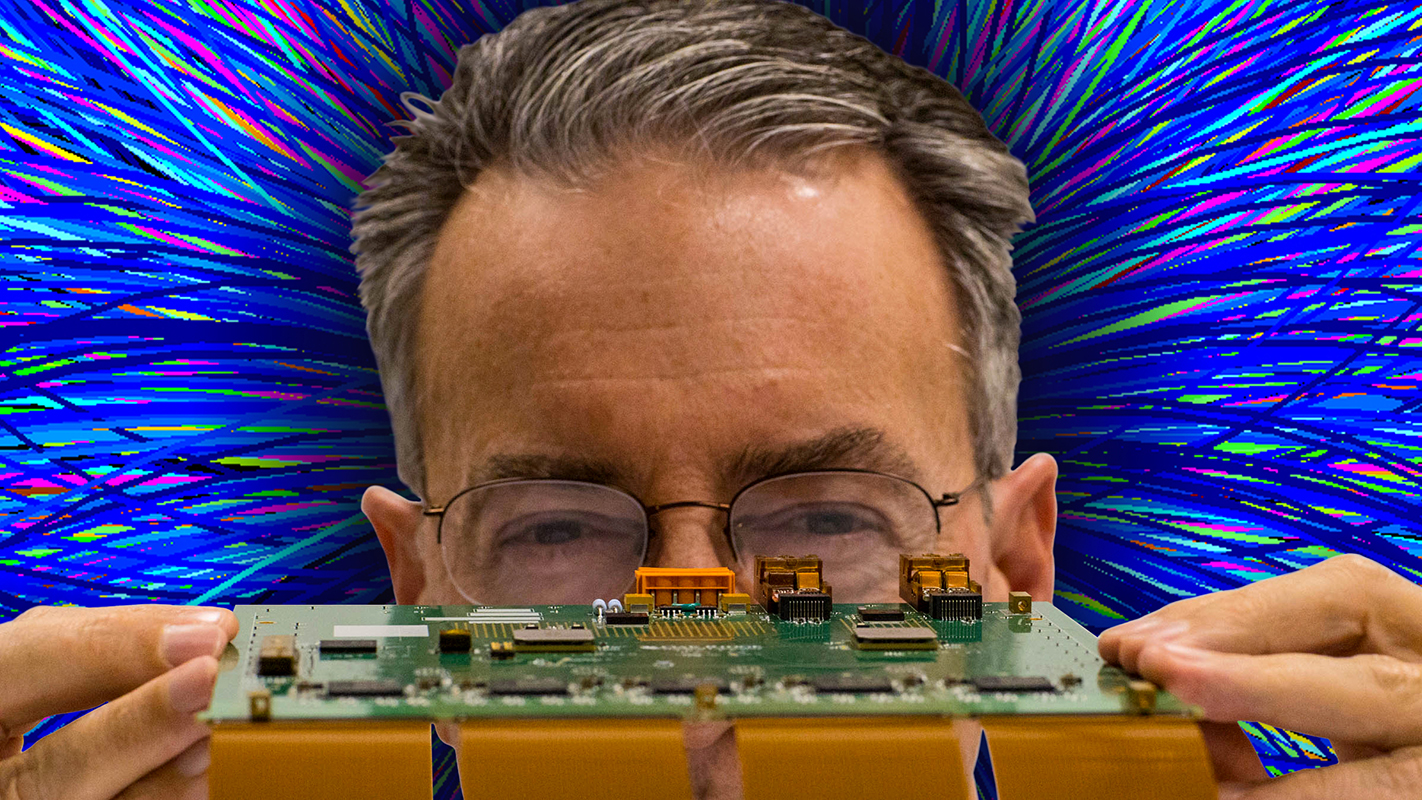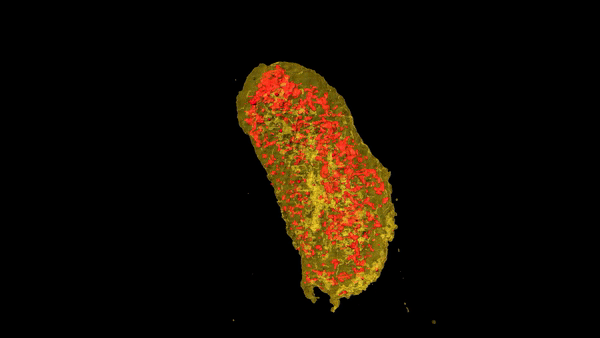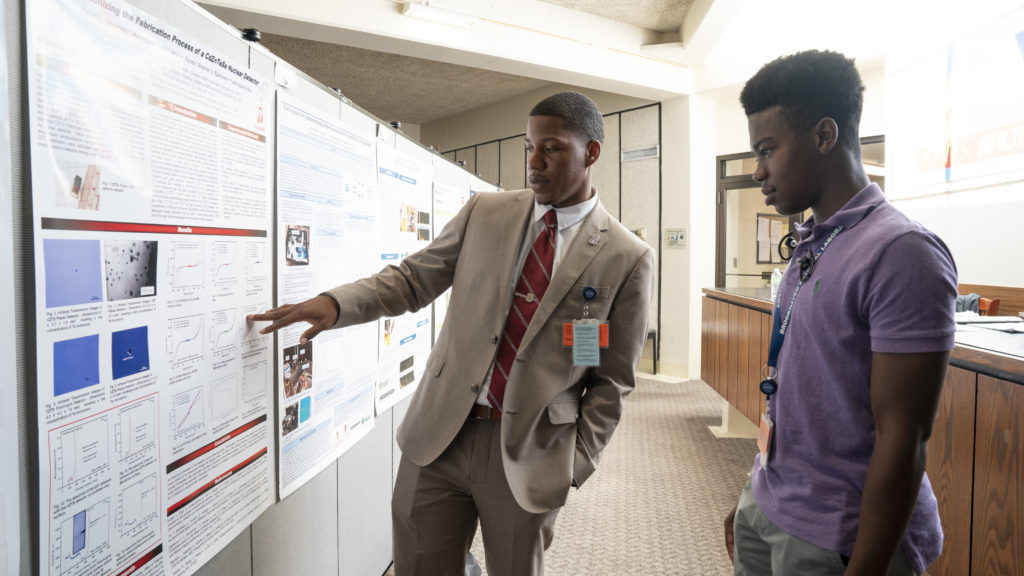Joshua Carter is a co-founder and the CEO of Helix BioStructures, a contract research organization serving the pharmaceutical industry in early-phase drug discovery. Since starting Helix Biostructures in 2017, Carter has leveraged the fast-paced, industrial capabilities of the National Synchrotron Light Source II (NSLS-II)—a U.





